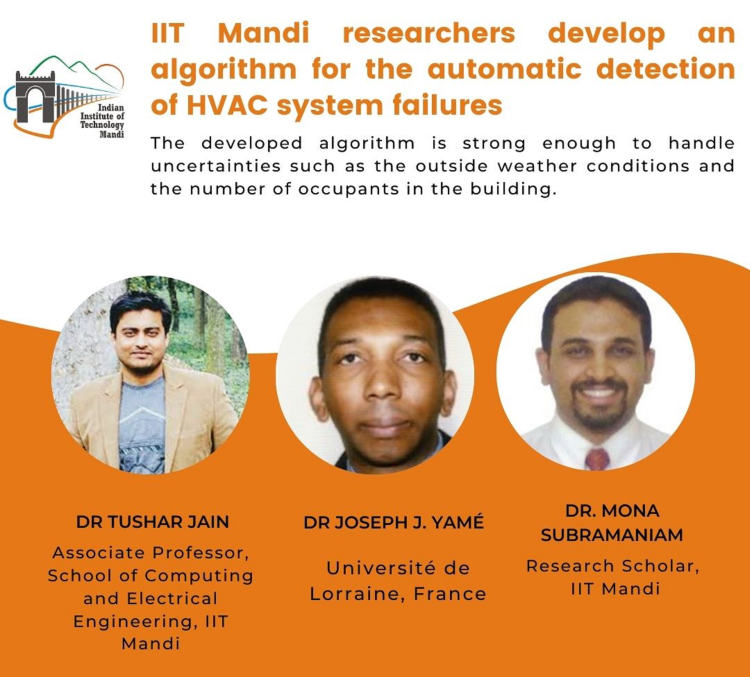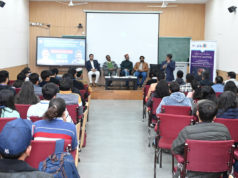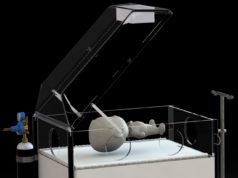Innovative algorithm tackles uncertainties in HVAC system operations. And this Cost-effective solution enhances energy efficiency and occupant comfort
A team of researchers from the Indian Institute of Technology Mandi has made a groundbreaking achievement in the field of building automation with the development of an advanced algorithm that can automatically detect operational failures in Heating Ventilation and Air-Conditioning (HVAC) systems installed in buildings. Collaborating with a scientist from Université de Lorraine, France, the team has created a novel algorithm that can handle uncertainties such as outside weather conditions and the number of occupants in the building, making it a robust and effective solution for HVAC fault detection.
Maintaining the thermal comfort of occupants inside buildings is crucial, and HVAC systems, particularly those employing Variable Air Volume (VAV) terminal boxes, offer an energy-efficient solution. However, faulty sensors and dampers in VAV boxes can lead to poor thermal comfort, indoor air quality, and energy wastage, resulting in reduced building energy efficiency. Manual detection and identification of these faults can be slow, costly, and error-prone, leading to delays in repairs and further issues for building occupants.
To address this challenge, the researchers from IIT Mandi have developed an automated fault detection and diagnosis (FDD) algorithm that integrates with the building automation system (BAS) or building energy management system (BEMS). The algorithm is robust against unmeasured disturbances and sensor noise, including outdoor temperature fluctuations that can affect the thermal dynamics of the building. This ensures accurate and reliable detection of HVAC system failures.
Using the SIMBAD software based on MATLAB, the researchers simulated a one-storey building with three zones to test the effectiveness of the developed algorithms. Four different single and multiple VAV damper fault cases were tested in two different scenarios, demonstrating the efficacy of the algorithm in detecting and predicting potential failures.
One of the key advantages of the IIT Mandi algorithm is its ease of implementation, as it can be retrofitted with existing BAS/BEMS without additional hardware installation. Moreover, the algorithm is capable of handling uncertainties such as outside weather conditions and the number of occupants in the building, eliminating the need for simplification of the thermal dynamics model or basic rule-based control or monitor algorithms that may not be as effective. The algorithm also estimates wall temperatures, which is important in predicting faults.
The integration of this advanced algorithm into HVAC automation systems can greatly enhance the energy efficiency of buildings and improve the comfort of occupants. By detecting and addressing HVAC issues automatically, the algorithm reduces downtime, lowers energy costs, and saves time and money for building operators. This groundbreaking research by the IIT Mandi researchers showcases their innovative capabilities and commitment to advancing the building automation industry through cutting-edge technology.













